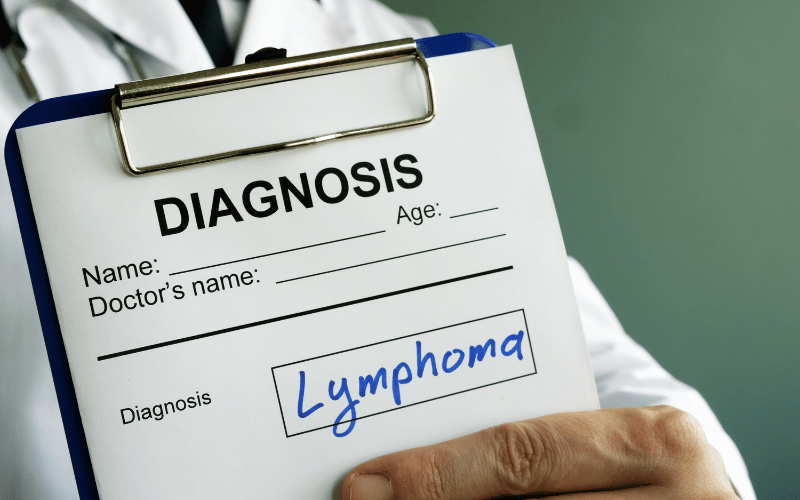Frequently Asked Questions about MALT Lymphoma Survival Rates
Advertisements
 Advertisements
Advertisements
1. What exactly is MALT lymphoma?
MALT lymphoma, also known as Mucosa-associated lymphoid tissue lymphoma, is a type of non-Hodgkin lymphoma that begins in the mucosa – the moist surfaces of body organs. It’s most commonly associated with sites like the stomach, lungs, salivary glands, and eyes.
2. How is MALT lymphoma different from other lymphomas?
MALT lymphoma arises from a particular type of white blood cell called B-cells. Its distinctive feature is its origin in the mucosal tissue. While other lymphomas can manifest in lymph nodes or other organs, MALT lymphoma often arises in organs without any lymph nodes due to chronic inflammation or infections.
3. What causes MALT lymphoma?
In some cases, chronic infections, like Helicobacter pylori in the stomach, can lead to MALT lymphoma. Other times, autoimmune diseases or chronic inflammation can be a trigger. However, in many cases, the exact cause remains unknown.
4. How favorable are the survival rates for MALT lymphoma?
Generally, the prognosis for MALT lymphoma is good. When detected early and localized to one area, the 5-year survival rate can range between 85-95%. However, it’s essential to understand that individual cases can vary, and factors like the disease’s stage, location, and overall health can influence outcomes.
5. Is surgery an option for treating MALT lymphoma?
Surgery may be considered, especially for localized tumors. For instance, if MALT lymphoma is found in the stomach and is localized, surgical removal might be a suitable treatment option. However, surgery might not be the primary treatment modality for lymphomas affecting other organs or those that have spread.
6. How often is chemotherapy or radiation needed?
Treatment decisions, including the use of chemotherapy or radiation, depend on the lymphoma’s stage, location, and the patient’s overall health. For early-stage, localized MALT lymphomas, radiation might be the preferred treatment. Chemotherapy, often combined with immunotherapy, is typically reserved for more advanced stages or if the lymphoma has spread.
7. Can MALT lymphoma return after treatment?
Yes, like other cancers, there’s a possibility of MALT lymphoma returning after treatment. This is called a recurrence. Regular follow-ups and monitoring are crucial after treatment to detect any signs of recurrence early.
8. Are there any new treatments on the horizon for MALT lymphoma?
Research is ongoing, and new treatments, including targeted therapies and newer forms of immunotherapy, are being studied. It’s always a good idea to discuss potential clinical trials or emerging treatments with your oncologist.
9. How can I improve my chances of a positive outcome with MALT lymphoma?
Early detection is key. Regular medical check-ups, being aware of any changes in your body, and seeking timely medical advice can make a difference. Adhering to treatment plans, maintaining a healthy lifestyle, and regular monitoring post-treatment are also crucial.
10. Where can I find support while dealing with MALT lymphoma?
Several organizations and support groups cater to lymphoma patients and their families. These groups can offer emotional support, resources, and information about the latest research and treatments. Speaking with your healthcare provider can help you find local resources.
Conclusion: Navigating the MALT Lymphoma Journey with Informed Optimism
MALT lymphoma, while a distinct subtype of non-Hodgkin lymphoma, presents both challenges and opportunities. With its unique origin in the mucosal tissues and often strong links to infections or chronic inflammation, it offers medical professionals a chance to target it with a combination of traditional and innovative treatments. From radiation and chemotherapy to the promise of immunotherapy, the arsenal against MALT lymphoma is vast and ever-growing.
The survival rates for this lymphoma are a testament to the advancements in medical science and the dedication of healthcare professionals. But beyond the statistics, the stories of individuals navigating this journey, equipped with knowledge and supported by loved ones, are the true markers of progress.
Understanding MALT lymphoma, its intricacies, and its prognosis is not just about digesting medical facts. It’s about embracing a proactive approach to health, seeking timely interventions, and fostering a collaborative relationship with healthcare providers.
As research progresses and we continue to understand more about the molecular and environmental triggers of MALT lymphoma, there is hope that treatments will become even more targeted, reducing side effects and improving outcomes. Until then, awareness, early detection, and informed decision-making remain our best allies. Whether you’re a patient, caregiver, or a concerned individual, knowing about MALT lymphoma empowers you to advocate for better health, not just for yourself but for the broader community.